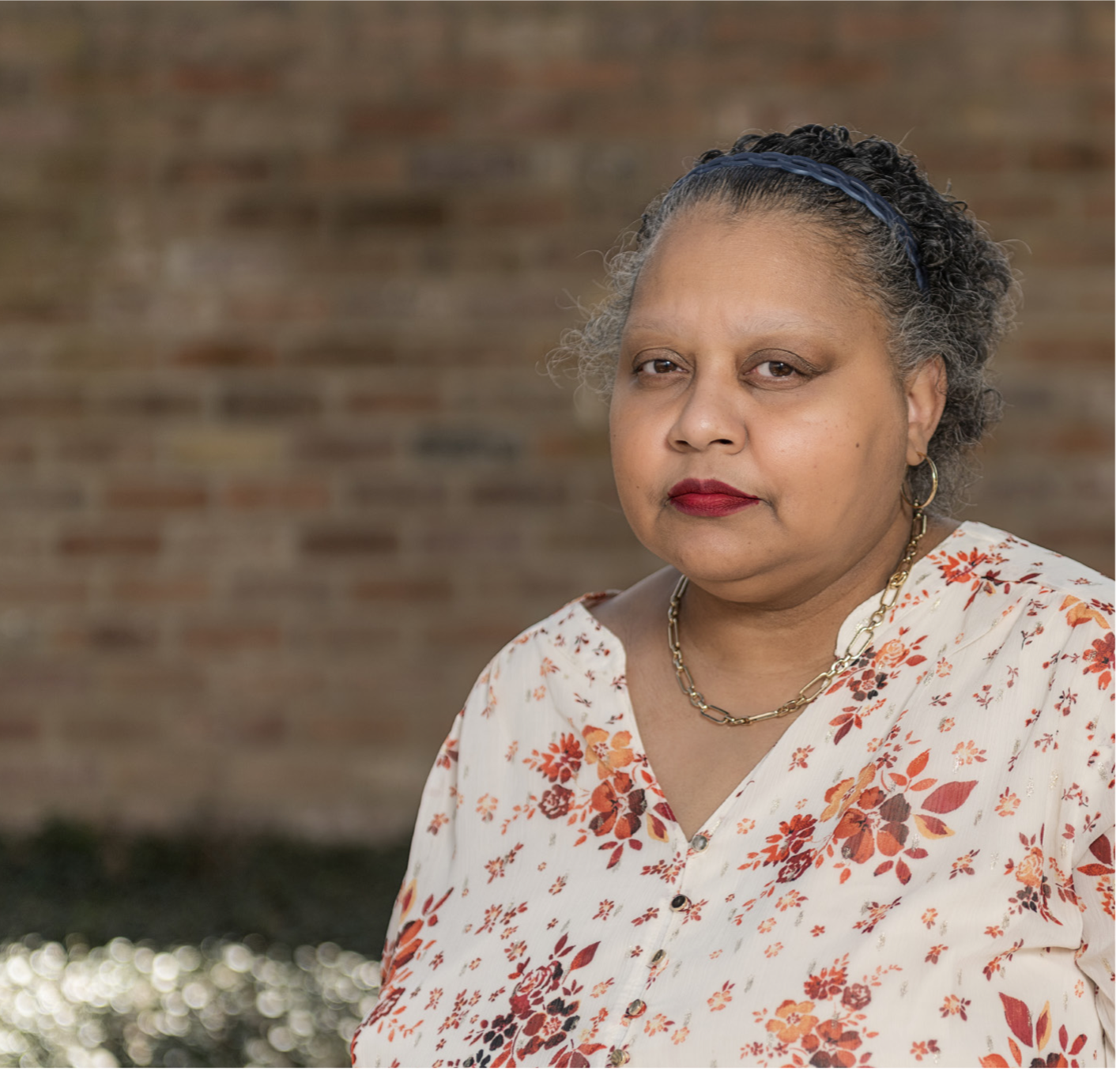Article
To Avoid Catching or Passing Coronavirus, Try Telemedicine
Author(s):
Many health systems that treat people with cancer are recommending virtual visits, both for patients who need routine checkups and those who suspect they have the virus known as COVID-19.
When worrisome symptoms crop up for patients who have cancer, visiting the oncologist or emergency room may no longer be the best first options.
As the novel coronavirus, also known as COVID-19, continues to spread, many hospitals are employing telemedicine to protect patients and health care practitioners from the infectious disease. The strategy is recommended by the Centers for Disease Control and Prevention during the pandemic, and legislators and health insurers are working to make the option more accessible.
For cancer survivors worried about contracting the virus, telemedicine visits via smartphones, tablets, webcam-enabled computers or sometimes even landlines can replace routine follow-up appointments with oncologists. And while patients with cancer still need to get any scheduled surgery, radiation or chemotherapy, says Karen Knudsen, director of the Sidney Kimmel Cancer Center at Jefferson in Philadelphia, virtual visits can work to prescreen those who may have COVID-19 or are experiencing side effects of their cancer, its treatments or other chronic conditions, “to keep as many people out of the clinic as humanly possible.”
Telemedicine allows health care staff members to triage patients 24/7, determining who should stay home, be seen in person, get COVID-19 testing, engage in quarantine or be prescribed drugs. Within Jefferson Health, it also allows doctors to identify patients with cancer who need to be seen and direct them to the cancer center rather than the emergency room, said Knudsen, who also serves her institution as chair of cancer biology.
Even before COVID-19 emerged, Jefferson Health had a scheduled-visit program for patients with cancer who couldn’t travel 75 miles or more to a routine appointment. “We still have that, and that volume has grown 20- to 30-fold since COVID started,” said Dr. Judd Hollander, associate dean for strategic health initiatives at Sidney Kimmel Medical College at Thomas Jefferson University and professor and vice chair of finance and health care enterprises in the department of emergency medicine.
In addition, the cancer center offers telehealth visits “to provide psychosocial support for patients,” Knudsen said. “They’re worried about finances and COVID-19 and are already living in an era of worrying about themselves because of their cancer diagnosis, so we can set up a telehealth visit with a team including a social worker and an oncologist.”
Both she and Hollander noted that patients with cancer are more likely than people in the general population to contract COVID-19 or to have a bad outcome if they do.
“Why go in when the doctor or nurse practitioner can treat via telemedicine?” Hollander asked. “Why go near the hospital or get on a bus or train to go there, or sit in a waiting room with someone who might be sick?”
Ramping Up Virtual Visits
Since the start of the pandemic, Jefferson has scaled up from 200 telemedicine visits a day to well into the thousands, Hollander said. “Just this week, we saw four times the number of patients by telehealth than we saw in the entire month of January,” Knudsen said. “Patients and caregivers really appreciate telehealth visits.”
More than 50 other large health systems — including the University of Pittsburgh, MedStar Health, Mount Sinai Health System, Providence, Kaiser Permanente and the Cleveland Clinic — are also keeping up with demand for distance medicine, said Hollander, who co-authored a paper titled “Virtually Perfect? Telemedicine for COVID-19” that was published online in the New England Journal of Medicine March 11.
Memorial Sloan Kettering Cancer Center, in New York City, is also among the hospitals offering telehealth. It states on its website that it will offer more televisits because of concerns about COVID-19, and has shifted education and support groups to an online format.
Meanwhile, telemedicine may help health systems continue to run clinical trials, including those for cancer treatments, through the pandemic, according to the Food and Drug Administration. The agency suggested the use of “virtual visits” in guidance it issued March 18 to those running trials.
“This is telemedicine’s heyday,” Hollander said. “It’s almost what it was built for.”
At Jefferson, patients are taking advantage of telehealth not only because they’re wary about catching COVID-19, but also because Jefferson has embarked on a public awareness campaign asking them to choose virtual visits over the emergency room and urgent care facilities unless they’re sick.
As a result, Hollander said, “our urgent care center volume is so low that we (soon) will have closed four of seven temporarily, because there’s no need. It’s allowed us to set up acute respiratory centers for patients who might have COVID-19 for higher levels of care on site without mixing in with others.”
Telemedicine has also become popular with physicians who are quarantined at home because of exposure to COVID-19 but still want to work, he said.
Emphasizing Social Distancing
Patients who do need to go to emergency rooms or urgent care centers shouldn’t be surprised to find telemedicine in use there, too.
Jefferson, for example, has removed staff members from front desks at its urgent-care facilities and asked them to register visitors remotely, from home. Patients still meet with medical professionals, “but a person up front would meet them before they have a mask on, so we decided to remove that person and not put them at risk,” Hollander said.
Patients in Jefferson’s emergency room are also initially evaluated by a remote provider. Once in an exam room, if they are considered at high risk of having COVID-19, they use an iPad to communicate with staff. “The rooms have glass doors, and the patients are watched,” Hollander said. “Most get an in-person exam by somebody, but we can have one person do it.”
On the flip side, some health systems are asking local emergency medical technicians to administer care at patients’ homes, directed remotely by a doctor, to avoid visits to the emergency room. When hospitalization is needed for a patient suspected to have COVID-19, these health workers may be able to arrange transfer directly to a hospital bed, without a stop in the emergency room, to help avoid transmission of the virus, Hollander and Carr wrote. Houston’s Project ETHAN (Emergency Telehealth and Navigation) is one such program, and Avera Health plans to send mobile home health care units directly to patients to conduct testing, they stated.
Once hospitalized, patients with COVID-19 may be monitored via telemedicine, Hollander and Carr wrote. With the right technology, they stated, hospitals can allow nurses and doctors to remotely monitor the status of 60 to 100 patients in internal care units or share a specialist’s expertise across facilities.
Finally, the creation of chatbots and other digital tools will allow health systems to start the diagnostic process with triaging that doesn’t require patients to interact with any medical or office personnel at all, Hollander pointed out.
“It will be a nice free way for people to triage themselves,” he said. “As our volume is growing, we hope that if people go into that and see that they’re low-risk, they can just stay home.”
Making Telemedicine Accessible
While very few health insurers covered telemedicine visits a couple of weeks ago, almost all private and public insurers do today — although some have promised to cover it only for the next three months, Hollander said.
Another challenge in bringing telemedicine to patients are laws that prevent doctors licensed in one state to practice telemedicine in another. This has been a challenge for Jefferson, many of whose patients live over the Pennsylvania border in New Jersey. Luckily, Hollander said, “those walls are crumbling, at least for the time of the pandemic.”
2 Commerce Drive
Cranbury, NJ 08512
All rights reserved.



